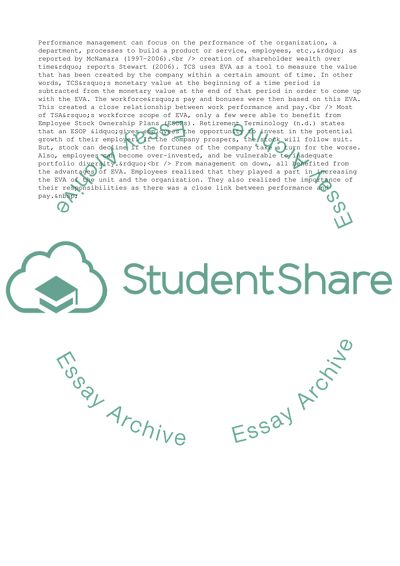Cite this document
(Compensation Management System at Tata Consultancy Service Assignment, n.d.)
Compensation Management System at Tata Consultancy Service Assignment. https://studentshare.org/management/1705533-organisational-behaviour-case-study-eva-and-compensation-management-system-at-tata-consultancy-service
Compensation Management System at Tata Consultancy Service Assignment. https://studentshare.org/management/1705533-organisational-behaviour-case-study-eva-and-compensation-management-system-at-tata-consultancy-service
(Compensation Management System at Tata Consultancy Service Assignment)
Compensation Management System at Tata Consultancy Service Assignment. https://studentshare.org/management/1705533-organisational-behaviour-case-study-eva-and-compensation-management-system-at-tata-consultancy-service.
Compensation Management System at Tata Consultancy Service Assignment. https://studentshare.org/management/1705533-organisational-behaviour-case-study-eva-and-compensation-management-system-at-tata-consultancy-service.
“Compensation Management System at Tata Consultancy Service Assignment”. https://studentshare.org/management/1705533-organisational-behaviour-case-study-eva-and-compensation-management-system-at-tata-consultancy-service.


